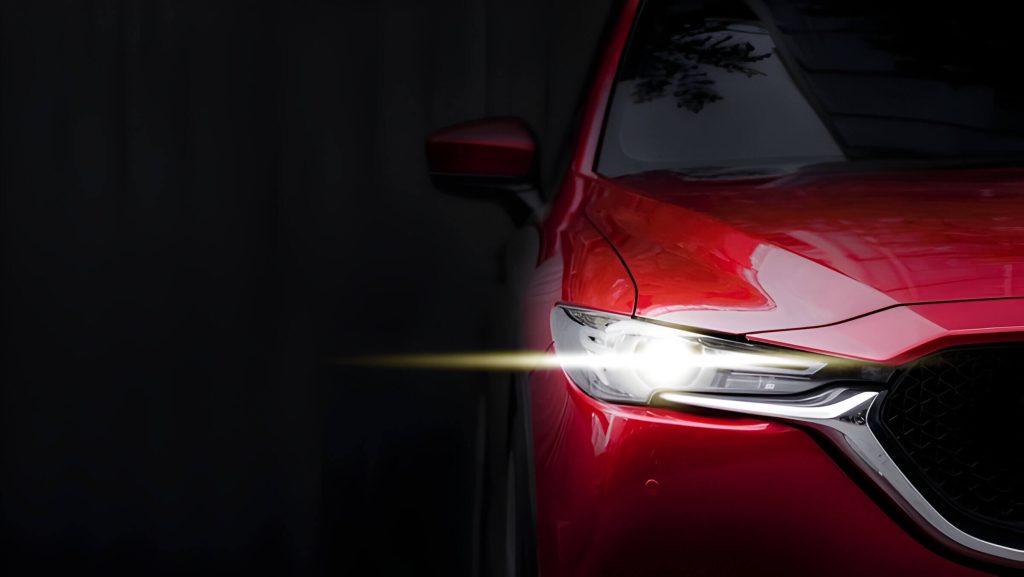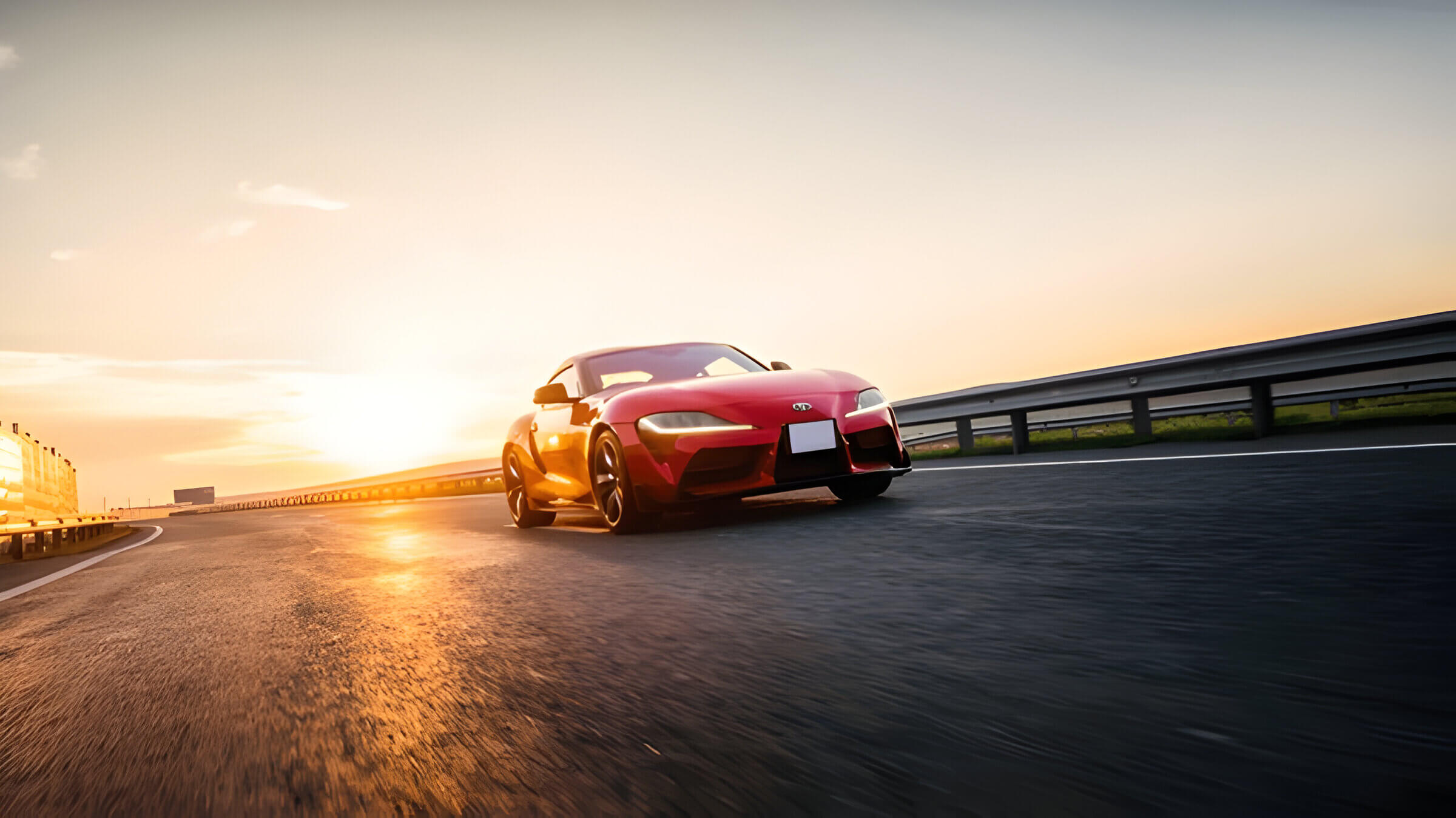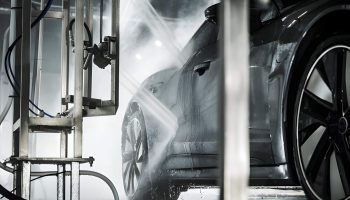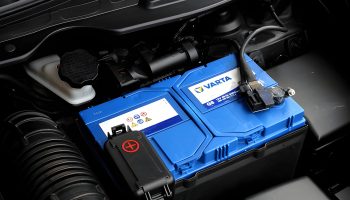Daytime Running Lights (DRLs) enhance vehicle visibility during daylight, reducing accident risk. Unlike traditional headlights, DRLs automatically illuminate when the car is in motion, helping other drivers and pedestrians notice your vehicle. This visibility is crucial during inconsistent lighting like dawn or dusk. This article explores how DRLs work, their benefits, legal considerations, and maintenance tips.
Understanding Daytime Running Lights (DRLs)
Daytime Running Lights (DRLs) are a crucial vehicle safety feature designed to enhance visibility during daylight hours. Unlike traditional headlights, DRLs automatically illuminate when the vehicle is in operation, regardless of the time of day. This continuous lighting makes vehicles more noticeable to other drivers and pedestrians, thereby reducing the likelihood of collisions.
The concept behind daytime running lights is simple yet effective: increased visibility leads to improved road safety. Studies have shown that vehicles equipped with DRLs are less likely to be involved in accidents compared to those without them. This is particularly beneficial in conditions where visibility may be compromised, such as during dawn, dusk, or inclement weather.
Understanding what daytime running lights are and their role in vehicle safety can help drivers appreciate this feature’s importance. By making vehicles more conspicuous on the road, DRLs contribute significantly to preventing accidents and ensuring a safer driving environment for everyone.
How DRLs Enhance Road Safety?
Driving with optimal visibility is crucial for road safety, and Daytime Running Lights (DRLs) play an essential role in this regard. DRLs are designed to improve visibility during daylight hours, making vehicles more noticeable to other drivers and pedestrians. This increased visibility is a key factor in accident prevention, as it helps reduce the likelihood of collisions by ensuring that vehicles are seen from a greater distance.
One of the primary ways DRLs enhance driver awareness is by providing a constant light source that stands out against various backgrounds. Whether driving through urban areas with heavy traffic or rural roads with changing light conditions, DRLs ensure that a vehicle remains visible at all times. This consistent visibility helps other drivers judge distances more accurately and react promptly to oncoming traffic or potential hazards.
Moreover, studies have shown that the use of DRLs significantly reduces the incidence of multi-vehicle daytime collisions. By improving visibility, these lights help drivers recognize approaching vehicles sooner and make better-informed decisions about maneuvers such as lane changes or turns. The enhanced awareness provided by DRLs can be particularly beneficial in adverse weather conditions like fog or rain, where reduced natural light can obscure vision.
Daytime Running Lights are a vital feature for improving road safety. By enhancing driver awareness and ensuring better vehicle visibility, DRLs contribute significantly to accident prevention and create safer driving environments for everyone on the road.
How Do Daytime Running Lights Work?

Daytime Running Lights (DRLs) are an essential feature in modern automotive lighting technology, designed to enhance vehicle visibility during daylight hours. Understanding how daytime running lights work involves exploring their functionality and integration within a vehicle’s lighting system.
DRLs automatically activate when the vehicle’s ignition is turned on, without requiring driver intervention. They typically operate at a lower intensity compared to regular headlights, providing sufficient illumination to make the car more noticeable to other road users without causing glare. This increased visibility helps reduce the likelihood of daytime collisions.
The DRL functionality is achieved through various technologies, including LED (Light Emitting Diodes), halogen bulbs, or even dedicated light strips integrated into the vehicle’s front end. LEDs are particularly popular due to their energy efficiency and long lifespan. The control unit of the DRL system ensures that these lights are on during the day and automatically switch off or dim when full headlights are activated at night.
In summary, DRLs play a crucial role in automotive safety by ensuring vehicles remain visible in daylight conditions. As automotive lighting technology continues to advance, we can expect further innovations that enhance both safety and efficiency on the road.
Benefits of Using Daytime Running Lights for Drivers and Pedestrians
Daytime Running Lights (DRLs) have become an essential feature in modern vehicles, offering numerous safety benefits for both drivers and pedestrians. One of the primary safety benefits of DRLs is their ability to improve vehicle visibility during daylight hours. By making vehicles more conspicuous, DRLs help reduce accidents by ensuring that other drivers can see them from greater distances and in various lighting conditions.
For pedestrians, the presence of DRLs enhances safety by increasing the likelihood that they will notice approaching vehicles. This heightened awareness can lead to more cautious behavior when crossing streets or walking near roadways, ultimately reducing pedestrian-related accidents.
Drivers also enjoy several advantages from using DRLs. Enhanced visibility means that oncoming traffic can better judge distances and speeds, leading to safer overtaking maneuvers and fewer head-on collisions. Additionally, DRLs contribute to a driver’s overall situational awareness by making it easier to spot vehicles in peripheral vision, particularly at intersections or during lane changes.
The integration of Daytime Running Lights into vehicles offers significant safety benefits for both drivers and pedestrians. By improving visibility and reducing accidents, DRLs play a crucial role in enhancing road safety for everyone.
Are Daytime Running Lights Mandatory?
In recent years, the use of daytime running lights (DRLs) has become a topic of interest for many vehicle owners and manufacturers. DRLs are designed to improve visibility during daylight hours, enhancing road safety. However, the legal requirements for their use can vary significantly from one country to another.
In Europe, DRL regulations by country are guided primarily by the European Union’s directives. Since February 2011, it has been mandatory for all new cars and small delivery vans in the EU to be equipped with DRLs. This regulation was introduced as part of efforts to reduce accidents caused by poor visibility.
In contrast, the United States does not have a federal mandate requiring daytime running lights on vehicles. While some states may have specific regulations regarding vehicle lighting, there is no overarching federal requirement making DRLs mandatory across all states.
Canada presents a different scenario where the legal requirements for vehicle lighting include mandatory use of daytime running lights on all new vehicles sold since December 1989. This regulation aims at improving road safety in various driving conditions prevalent in Canada.
Understanding these varying legal landscapes is crucial for both manufacturers and consumers. For manufacturers, compliance with regional laws ensures that vehicles meet safety standards and avoid potential fines or recalls. For consumers, being aware of local regulations helps ensure their vehicles are legally compliant and optimally safe on the roads.
As global awareness about road safety continues to grow, it is likely that more countries will adopt stricter regulations regarding DRL usage. For now, it’s essential to stay informed about your specific region’s legal requirements concerning daytime running lights to ensure both compliance and enhanced driving safety.
Tips for Maintaining Your Vehicle’s Daytime Running Lights
Daytime Running Lights (DRLs) are an essential safety feature in modern vehicles, improving visibility during daylight hours. To ensure your DRLs continue to function efficiently, follow these maintenance tips:
1. Regular Inspection: Routinely check your DRLs for any signs of damage or malfunction. Look for cracks, fogging, or discoloration on the light covers that could impair their effectiveness.
2. Clean the Lenses: Keep the lenses of your daytime running lights clean from dirt and debris. Use a soft cloth and a mild cleaning solution to avoid scratching or damaging the surface.
3. Check Electrical Connections: Ensure that all electrical connections related to your DRLs are secure and free from corrosion. Loose or corroded connections can lead to intermittent functioning or complete failure of the lights.
4. Replace Bulbs Promptly: If you notice any dimming or flickering in your DRLs, it may be time to replace the bulbs. Always use bulbs recommended by your vehicle manufacturer for optimal performance.
5. Inspect Fuses and Relays: Periodically check the fuses and relays associated with your DRL system as part of regular car light maintenance. Replace any blown fuses or faulty relays immediately to keep daytime running lights working efficiently.
6. Professional Checkups: During routine vehicle service appointments, ask your mechanic to inspect your DRL system as part of their overall inspection process.
By following these simple yet effective DRL maintenance tips, you can ensure that this vital safety feature continues to operate correctly, enhancing both visibility and safety on the road.



